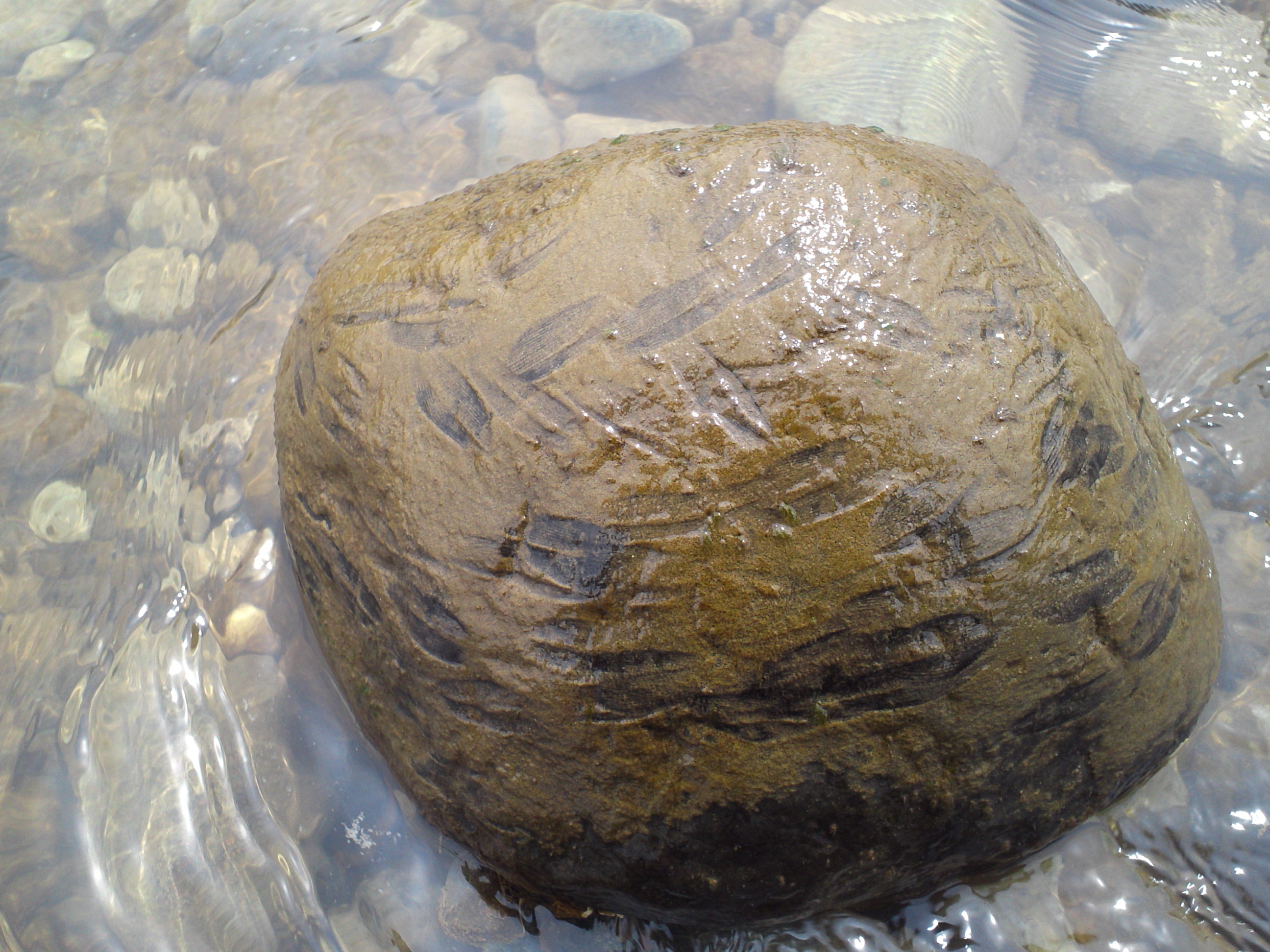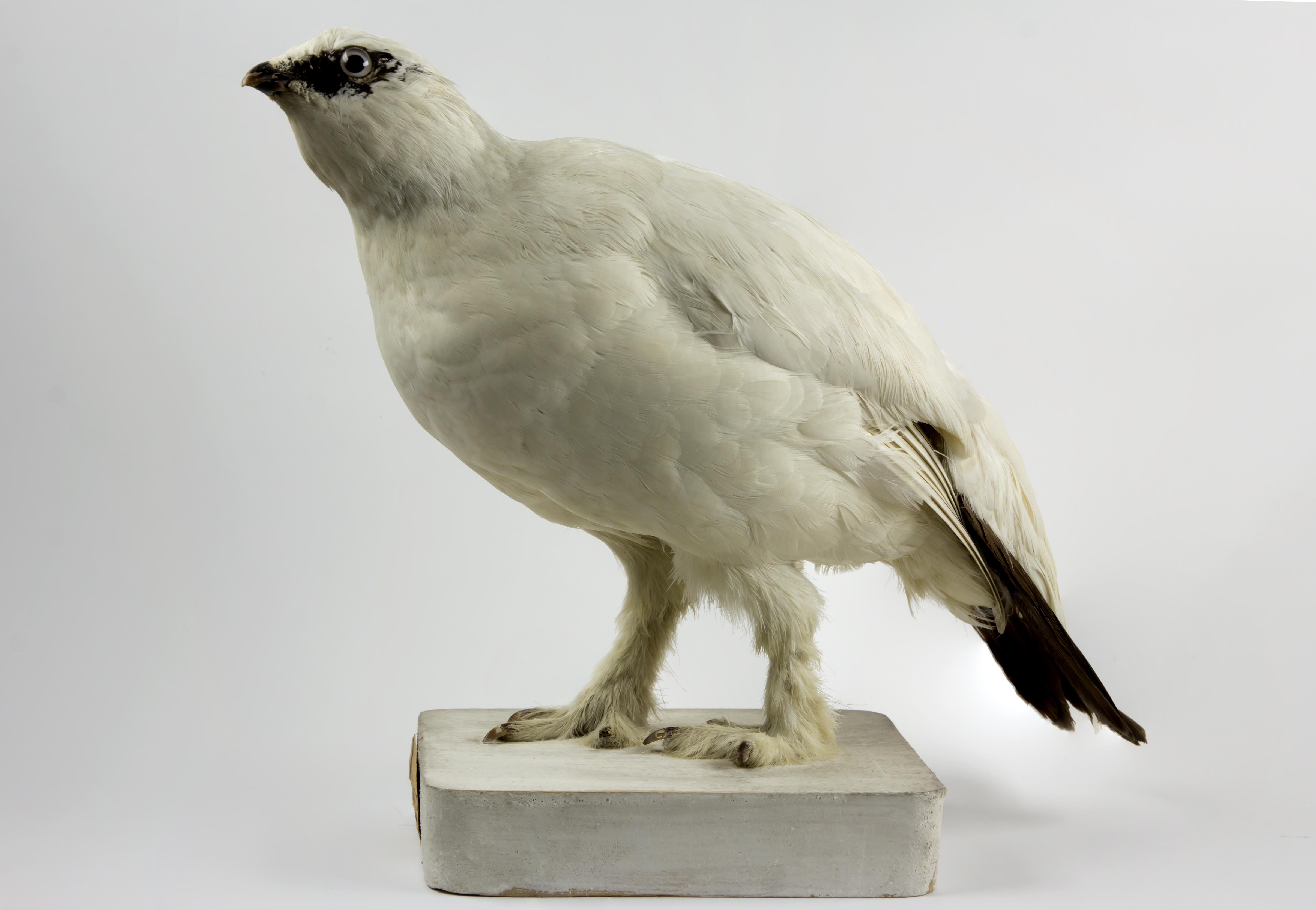|
Gifu Prefecture
is a Prefectures of Japan, prefecture of Japan located in the Chūbu region of Honshu. Gifu Prefecture has a population of 1,910,511 () and has a geographic area of . Gifu Prefecture borders Toyama Prefecture to the north; Ishikawa Prefecture to the northwest, Fukui Prefecture and Shiga Prefecture to the west, Mie Prefecture to the southwest, Aichi Prefecture to the south, and Nagano Prefecture to the east. Gifu is the capital and largest city of Gifu Prefecture, with other major cities including Ōgaki, Kakamigahara, and Tajimi. Gifu Prefecture is located in the center of Japan, one of only eight landlocked prefectures, and features the country's center of population. Gifu Prefecture has served as the historic Intersection (road), crossroads of Japan with routes connecting the east to the west, including the Nakasendō, one of the Edo Five Routes, Five Routes of the Edo period. Gifu Prefecture was a long-term residence of Oda Nobunaga and Saitō Dōsan, two influential figur ... [...More Info...] [...Related Items...] OR: [Wikipedia] [Google] [Baidu] [Amazon] |
Prefectures Of Japan
Japan is divided into 47 prefectures (, , ), which rank immediately below the national government and form the country's first level of jurisdiction and Administrative divisions of Japan, administrative division. They include 43 prefectures proper (, ''Prefectures of Japan#Ken, ken''), two Fu (administrative division), urban prefectures (, ''Prefectures of Japan#Fu, fu'': Osaka Prefecture, Osaka and Kyoto Prefecture, Kyoto), one regional prefecture (, ''Prefectures of Japan#Dō, dō'': Hokkaido, Hokkaidō) and one metropolis (, ''Prefectures of Japan#To, to'': Tokyo). In 1868, the Meiji Restoration, Meiji ''Fuhanken sanchisei'' administration created the first prefectures (urban ''fu'' and rural ''ken'') to replace the urban and rural administrators (''bugyō'', ''daikan'', etc.) in the Tenryō, parts of the country previously controlled directly by the shogunate and a few territories of rebels/shogunate loyalists who had not submitted to the new government such as Aizu domain, ... [...More Info...] [...Related Items...] OR: [Wikipedia] [Google] [Baidu] [Amazon] |
Municipalities Of Japan
Japan has three levels of governments: national, prefectural, and municipal. The nation is divided into 47 prefectures. Each prefecture consists of numerous municipalities, with 1,719 in total as of January 2014. There are four types of municipalities in Japan: cities, towns, villages and special wards of Tokyo (). In Japanese, this system is known as , where each kanji in the word represents one of the four types of municipalities. Some designated cities also have further administrative subdivisions, also known as wards. But, unlike the special wards of Tokyo, these wards are not municipalities. Status The status of a municipality, if it is a village, town or city, is decided by the prefectural government. Generally, a village or town can be promoted to a city when its population increases above fifty thousand, and a city can (but need not) be demoted to a town or village when its population decreases below fifty thousand. The least-populated city, Utashinai, Hokkaid� ... [...More Info...] [...Related Items...] OR: [Wikipedia] [Google] [Baidu] [Amazon] |
Toyama Prefecture
is a prefecture of Japan located in the Chūbu region of Honshu. Toyama Prefecture has a population of 993,848 (1 January 2025) and has a geographic area of 4,247.61 km2 (1,640.01 sq mi). Toyama Prefecture borders Ishikawa Prefecture to the west, Gifu Prefecture to the south, Nagano Prefecture to the east, and Niigata Prefecture to the northeast. Toyama is the capital and largest city of Toyama Prefecture, with other major cities including Takaoka, Imizu, and Nanto. Toyama Prefecture is part of the historic Hokuriku region, and the majority of the prefecture's population lives on Toyama Bay, one of the largest bays in Japan. Toyama Prefecture is the leading industrial prefecture on the Japan Sea coast and has the advantage of cheap electricity from abundant hydroelectric resources. Toyama Prefecture contains the only known glaciers in East Asia outside of Russia, first recognized in 2012, and 30% of the prefecture's area is designated as national parks. History ... [...More Info...] [...Related Items...] OR: [Wikipedia] [Google] [Baidu] [Amazon] |
Japan
Japan is an island country in East Asia. Located in the Pacific Ocean off the northeast coast of the Asia, Asian mainland, it is bordered on the west by the Sea of Japan and extends from the Sea of Okhotsk in the north to the East China Sea in the south. The Japanese archipelago consists of four major islands—Hokkaido, Honshu, Shikoku, and Kyushu—and List of islands of Japan, thousands of smaller islands, covering . Japan has a population of over 123 million as of 2025, making it the List of countries and dependencies by population, eleventh-most populous country. The capital of Japan and List of cities in Japan, its largest city is Tokyo; the Greater Tokyo Area is the List of largest cities, largest metropolitan area in the world, with more than 37 million inhabitants as of 2024. Japan is divided into 47 Prefectures of Japan, administrative prefectures and List of regions of Japan, eight traditional regions. About three-quarters of Geography of Japan, the countr ... [...More Info...] [...Related Items...] OR: [Wikipedia] [Google] [Baidu] [Amazon] |
Taxus Cuspidata
''Taxus cuspidata'', the Japanese yew or spreading yew, is a member of the genus ''Taxus'', native to Japan, Korea, northeast China and the extreme southeast of Russia. Names In Japan, the tree is known as ''ichi'i'' (一位), meaning "first rank". This is because first rank courtiers carried '' shaku'' scepters made of yew. Other Japanese names include ''jakunoki'', ''araragi'', and ''onko''. In the Ainu language, it is called ''rarmani''. In China, it is called ''dongbei hongdoushan'' (東北紅豆杉 "northeastern red bean fir"), ''zishan'' (紫杉 "purple fir"), or ''chi bo song'' (赤柏松 "red cypress-pine"). Description It is an evergreen tree or large shrub growing to 10–18 m tall, with a trunk up to 60 cm diameter. The leaves are lanceolate, flat, dark green, 1–3 cm long and 2–3 mm broad, arranged spirally on the stem, but with the leaf bases twisted to align the leaves in two flattish rows either side of the stem except on erect leading sh ... [...More Info...] [...Related Items...] OR: [Wikipedia] [Google] [Baidu] [Amazon] |
Astragalus (plant)
''Astragalus'' is a large genus of over 3,000 species of herbs and small shrubs, belonging to the legume family Fabaceae and the subfamily Faboideae. It is the List of the largest genera of flowering plants, largest genus of plants in terms of described species. The genus is native to temperate regions of the Northern Hemisphere. Common names include milkvetch (most species), locoweed (in North America, some species) and goat's-thorn (Astragalus gummifer, ''A. gummifer'', Astragalus tragacantha, ''A. tragacantha''). Some pale-flowered vetches (''Vicia'' spp.) are similar in appearance, but they are more vine-like than ''Astragalus''. Description Most species in the genus have pinnately compound leaves. There are annual and perennial species. The flowers are formed in clusters in a raceme, each flower typical of the legume family, with three types of petals: banner, wings, and keel. The Sepal, calyx is tubular or bell-shaped. Taxonomy The genus was formally described in ... [...More Info...] [...Related Items...] OR: [Wikipedia] [Google] [Baidu] [Amazon] |
Ayu Sweetfish
The ayu sweetfish (''Plecoglossus altivelis''), or sweetfish, is a species of fish. It is the only species in the genus ''Plecoglossus'' and family (biology), family Plecoglossidae. It is a relative of the Smelt (fish), smelts and other fish in the order Osmeriformes. Native to East Asia, it is distributed in the northwestern Pacific Ocean along the coast of Hokkaidō in Japan southward to the Korean Peninsula, China, Hong Kong and northern Vietnam. It is amphidromous, moving between coastal marine waters and freshwater lakes and rivers. A few landlocked populations also exist in lakes in Japan such as Lake Biwa, Biwa. Original wild populations in Taiwan became extinct in 1968 due to pollution and present extant populations were reintroduced from Japan in the 1990s. The name "sweetfish" was inspired by the sweetness of its flesh. In reference to its typical one-year lifespan, it is also written as ("year-fish"). [...More Info...] [...Related Items...] OR: [Wikipedia] [Google] [Baidu] [Amazon] |
Rock Ptarmigan
The rock ptarmigan (''Lagopus muta'') is a medium-sized game bird in the grouse family. It is known simply as the ptarmigan in Europe. It is the official bird for the Canadian territory of Nunavut, where it is known as the ''aqiggiq'' (ᐊᕿᒡᒋᖅ), and the official game bird for the province of Newfoundland and Labrador. In Japan, it is known as the ''raichō'' (雷鳥), which means "thunder bird". It is the official bird of Gifu, Nagano, and Toyama Prefectures and is a protected species nationwide. Unlike many arctic bird species, ptarmigan do not gain substantial mass to hibernate over winter. Etymology The ptarmigan's genus name, ''Lagopus'', is derived from Ancient Greek ''lagos'' (λαγώς ''lagṓs''), meaning "hare", + ''pous'' (πούς ''poús''), "foot", in reference to the bird's feathered legs. The species name, ''muta'', comes from Neo-Latin and means "mute", referring to the simple croaking song of the male. It was for a long time misspelt ''mutus'', in t ... [...More Info...] [...Related Items...] OR: [Wikipedia] [Google] [Baidu] [Amazon] |
JP¥
The is the official currency of Japan. It is the third-most traded currency in the foreign exchange market, after the United States dollar and the euro. It is also widely used as a third reserve currency after the US dollar and the euro. The New Currency Act of 1871 introduced Japan's modern currency system, with the yen defined as of gold, or of silver, and divided decimally into 100 ''sen'' or 1,000 ''rin''. The yen replaced the previous Tokugawa coinage as well as the various '' hansatsu'' paper currencies issued by feudal ''han'' (fiefs). The Bank of Japan was founded in 1882 and given a monopoly on controlling the money supply. Following World War II, the yen lost much of its pre-war value as Japan faced a debt crisis and hyperinflation. Under the Bretton Woods system, the yen was pegged to the US dollar alongside other major currencies. After this system was abandoned in 1971 with the Nixon Shock, the short-lived Smithsonian Agreement temporarily reinstated a fix ... [...More Info...] [...Related Items...] OR: [Wikipedia] [Google] [Baidu] [Amazon] |
List Of Japanese Prefectures By Population
This is a list of Japanese prefectures by population. For details of administrative divisions of Japan, see Prefectures of Japan. Prefectures of Japan ranked by population as of October 1, 2022 Prefectures of Japan ranked by population as of October 1, 2020 Prefectures of Japan ranked by population as of October 1, 2015 Prefectures of Japan ranked by population as of October 1, 2011 Figures here are according to the official estimates of Japan as of October 1, 2011, except for the census population held on October 1, 2010. Population is given according to the ''de jure'' population concept for enumerating the people. That is, a person was enumerated at the place where they usually lived, and was counted as the population of the area including the place. Ranks are given by the estimated population as of October 1, 2011. Historical demography of prefectures of Japan Population before 1920 was calculated based on information of , while door-to-door censuses have been ... [...More Info...] [...Related Items...] OR: [Wikipedia] [Google] [Baidu] [Amazon] |







